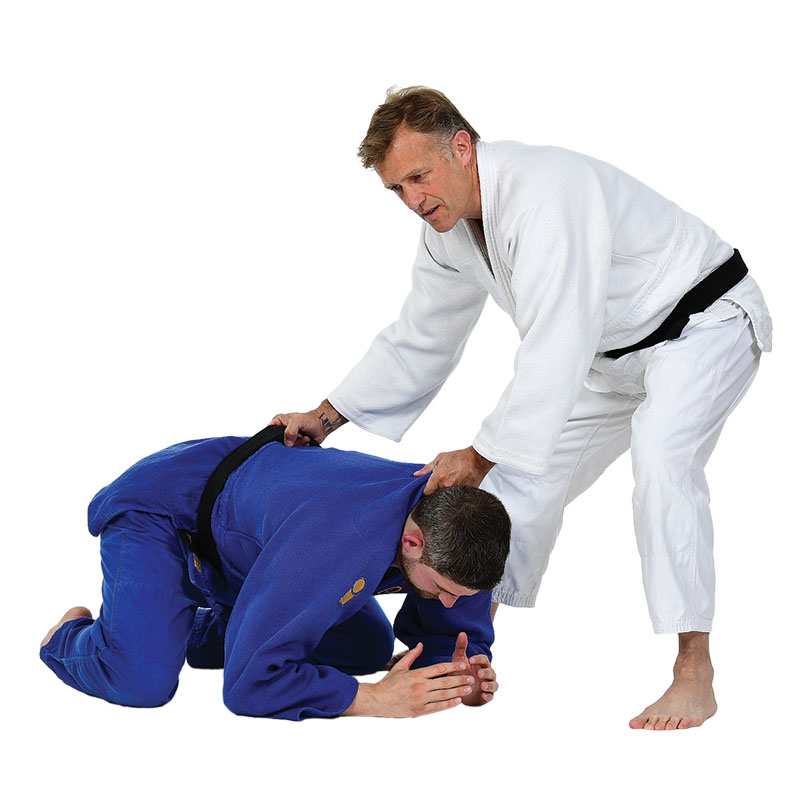Uke kame (受亀) – The Turtle Position
The term uke kame refers to a classic defensive posture in ne-waza (groundwork), often called “the turtle” due to the rounded, protected body position of the defending judoka (uke).
In this position, uke sits on their knees and elbows, keeping the body compact and low to the tatami (mat). The head is tucked in, hips are close to the heels, and the elbows are tight to the ribs. The aim is to minimise openings and protect against strangles (shime-waza), joint locks (kansetsu-waza), and pinning techniques (osaekomi-waza).
Why Use the Turtle?
Uke adopts the turtle position to:
Defend after a failed throw or scramble
Prevent immediate submission or control
Force tori to work for a dominant position
Although it’s primarily a defensive posture, uke must remain active and alert—ready to escape, counter, or recover guard when possible.
Tori’s Objective
From this position, tori aims to either submit uke or destabilise and turn them over to apply a controlling hold. Common strategies include:
Opening the elbow gap to attack the neck or arms
Applying leverage from the side to tilt or flip uke
Using leg entanglements (like sankaku or hooks) to off-balance the turtle
This position forms the starting point for many ne-waza drills and is a key scenario in randori and shiai (competition).
